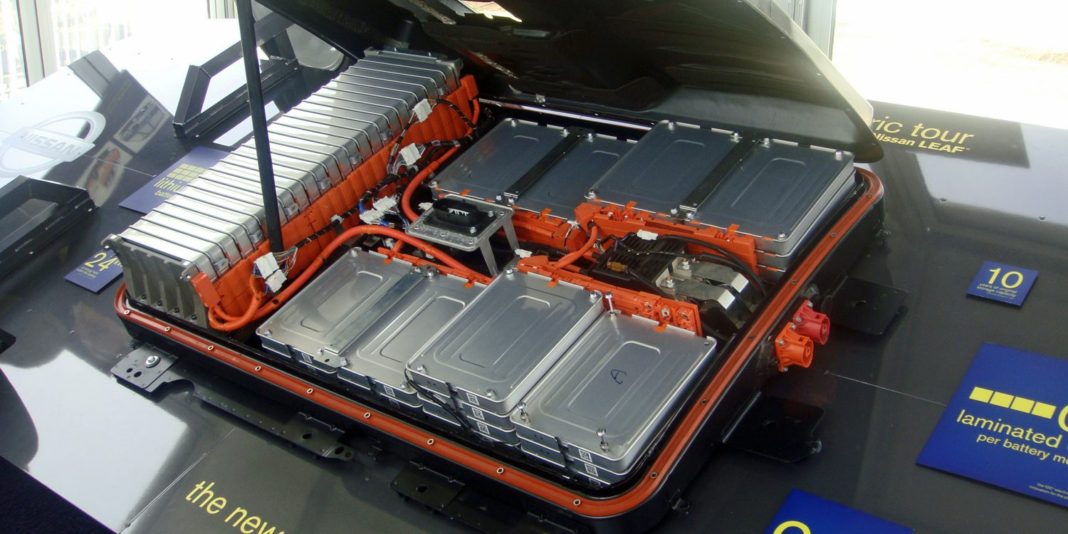Fracking has been around in the U.S. since the 1940’s. However, it’s only really in the last 15 years that the industry has taken off. Mostly, this is due to the technological advances that have made fracking easier and more successful by allowing horizontal drilling and drilling in shale rock formations. Fracking is the process of removing oil and natural gas from hard to reach places such as shale rock. In June 2015, the Environmental Protection Agency (EPA) released a draft report on fracking and confirmed that they “did not find evidence that fracking mechanisms have led to widespread, systemic impacts on drinking water resources in the United States.”
But, this report has been criticized by several environmental scientists and residents living in areas where fracking is taking place. Both New York state and Vermont have banned fracking entirely, and Connecticut has banned the storage and handling of fracking waste. So, with this in mind, how can fracking be considered as safe as the EPA have made out? After much persistence, there was finally a critical review of the initial report carried out by 30 members of the EPA’s independent Science Advisory Board Panel.
In this review, the original EPA report was found to be insubstantial. There was a lack of evidence to support its conclusion that fracking doesn’t lead to widespread, systemic impacts on drinking water, and was also incomplete in other areas. The EPA was also under scrutiny earlier this year when a senior official tried to cover up the real figures of methane emissions from fracking. Even the Science Advisory Board said they had concerns over some of the EPA’s lack of assessments, research, and explanations.
Fracking is big business and not one that is likely to be stopped that easily. In the year 2000, fracking contributed to 2 percent of U.S. oil production, and now that figure is more like 50 percent. With New York and Vermont outright banning fracking, residents in those areas where it is taking place do have a right to be concerned. Reports have just confirmed that fracking is now considered to be the number one cause of earthquakes in Texas. Other concerns of residents include the contamination of their water supplies and the carbon emissions involved in the process.
The process of fracking involves drilling a vertical well which it then pumps full of water mixed with toxic chemicals like benzene and toluene. This water mix causes fractures in the shale and then sand is injected into the well to keep the fractures open and allow the natural gas to escape through. The increased amount of water used during fracking depletes it from the use of humans or wildlife. There are also concerns about the toxic chemicals used escaping into residents’ drinking water. How the EPA will move forward from this is unclear, but the Science Advisory Board did advise there was a long way to go to fix this.
More News To Read











